Helping a toddler take their first ride is an exciting milestone for both children and parents. Riding a bike not only encourages outdoor play but also helps toddlers develop balance, coordination, strength, and confidence. However, before reaching the stage of riding a traditional two-wheeled bicycle, there are several types of toddler bikes available, each designed for different stages of growth and ability. Understanding these options makes it easier for parents to choose the right model that matches their child’s needs.
Below is a detailed look at the different types of toddler bikes, their advantages, and the considerations parents should keep in mind when making a decision.
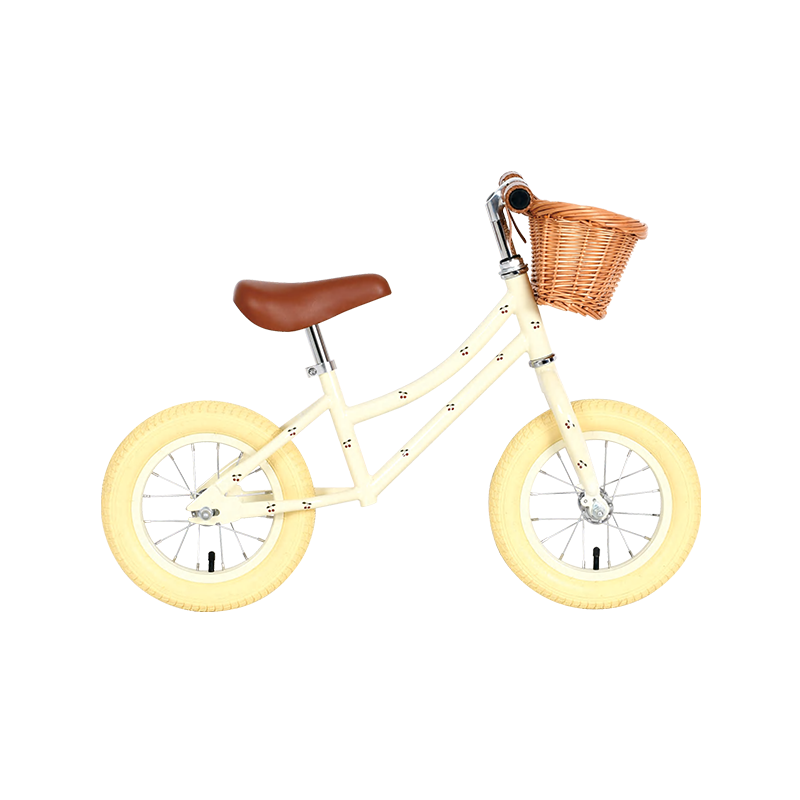
Balance Bikes
Balance bikes have become one of the most popular choices in recent years. These are small two-wheeled bikes without pedals, chains, or training wheels. Instead of pedaling, toddlers sit on the saddle and push themselves forward using their feet.
Key Benefits:
- Encourage toddlers to develop balance naturally.
- Lightweight and easy to maneuver, even for smaller children.
- Smooth transition to pedal bikes later, since kids already know how to balance.
Best For: Toddlers between 18 months and 4 years old who are learning to balance and steer.
Balance bikes are often considered more effective than training wheels because children master the most challenging aspect of cycling—balance—first, before learning how to pedal.
Tricycles
Tricycles are a traditional option that many parents remember from their own childhoods. These bikes come with three wheels, which provide extra stability and prevent tipping over.
Key Benefits:
- Offer toddlers a stable and safe riding experience.
- Allow young children to focus on learning how to pedal and steer.
- Often designed with fun colors, baskets, or push handles for parents.
Best For: Younger toddlers around 2 to 3 years old who may not yet have developed the balance required for two wheels.
Tricycles are excellent for building leg strength and coordination, though they do not prepare children for balance in the same way balance bikes do.
Pedal Bikes with Training Wheels
Pedal bikes with training wheels are a common next step after tricycles. These bikes look like small traditional bicycles but include two extra wheels on the back for support.
Key Benefits:
- Help toddlers practice pedaling while feeling secure.
- Provide parents with a familiar option that feels close to a standard bicycle.
- Training wheels can often be adjusted or removed as the child improves.
Best For: Children who are ready to learn pedaling but still need balance support.
One limitation is that training wheels can sometimes give toddlers a false sense of balance. Children might rely on the extra wheels instead of developing balance skills, which can make the transition to a two-wheeled bike longer.
Convertible Toddler Bikes
Convertible toddler bikes are a versatile option that can grow with a child. These bikes can be transformed into different styles—such as starting as a tricycle or balance bike and later converting into a pedal bike.
Key Benefits:
- Cost-effective since one bike adapts to multiple stages.
- Provide flexibility for parents who want a long-term solution.
- Allow children to progress at their own pace.
Best For: Parents looking for a multi-stage bike that can last through several years of development.
Convertible bikes are particularly useful for families who do not want to purchase multiple bikes as their toddler grows.
Push Bikes and Ride-On Toys
For younger toddlers who are just beginning to explore mobility, push bikes and ride-on toys are also popular. These have four wheels or wide bases, allowing children to sit and push themselves forward with their feet.
Key Benefits:
- Extremely stable and safe for beginners.
- Introduce toddlers to the concept of riding and steering.
- Great for indoor and outdoor play.
Best For: Very young toddlers, often as early as 12 months old, who are not yet ready for balance bikes or tricycles.
While not considered a “real” bike, these toys help children gain confidence and coordination before moving on to more advanced toddler bikes.
Wooden vs. Metal Toddler Bikes
Another factor to consider is the material. Balance bikes and tricycles can be made of different materials, each with unique characteristics:
- Wooden Bikes: Lightweight, eco-friendly, and stylish. Best for younger toddlers but may not withstand heavy outdoor use as well as metal.
- Metal Bikes: Usually made from steel or aluminum, they are more durable and long-lasting. However, they can be heavier, which may make handling difficult for smaller children.
Parents should weigh durability against ease of handling when choosing the right material.
Key Considerations When Choosing a Toddler Bike
When selecting from these types of toddler bikes, parents should think about the following factors:
- Age and Development Stage – Younger toddlers may benefit from ride-on toys or tricycles, while older toddlers may be ready for balance bikes or pedal bikes.
- Weight of the Bike – A lighter bike is easier for a child to control, while heavier bikes provide durability.
- Seat and Handlebar Adjustability – An adjustable bike grows with the child, providing longer use.
- Safety Features – Non-slip handles, stable wheels, and enclosed parts reduce the risk of injury.
- Outdoor vs. Indoor Use – Some bikes are designed for outdoor terrain, while others are better for smooth indoor play.
Conclusion
There are many types of toddler bikes, each serving different purposes. Balance bikes stand out as the best option for teaching balance and preparing toddlers for two-wheeled cycling. Tricycles provide stability and are perfect for early pedaling practice. Pedal bikes with training wheels help children transition toward independent riding, while convertible bikes offer flexibility for growing toddlers. Push bikes and ride-on toys are excellent for the youngest children just starting to explore mobility.
By understanding these differences and matching the right bike type to a child’s age, skill level, and confidence, parents can create a fun, safe, and rewarding cycling experience. The right toddler bike not only supports physical development but also gives children a sense of independence and joy that lasts well beyond their first ride.


 0
0


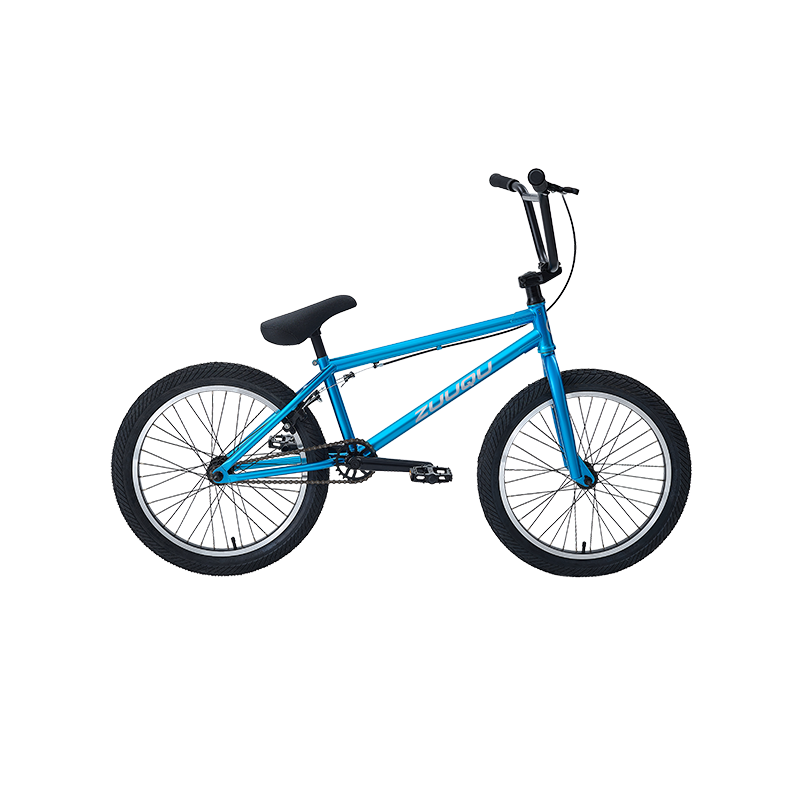

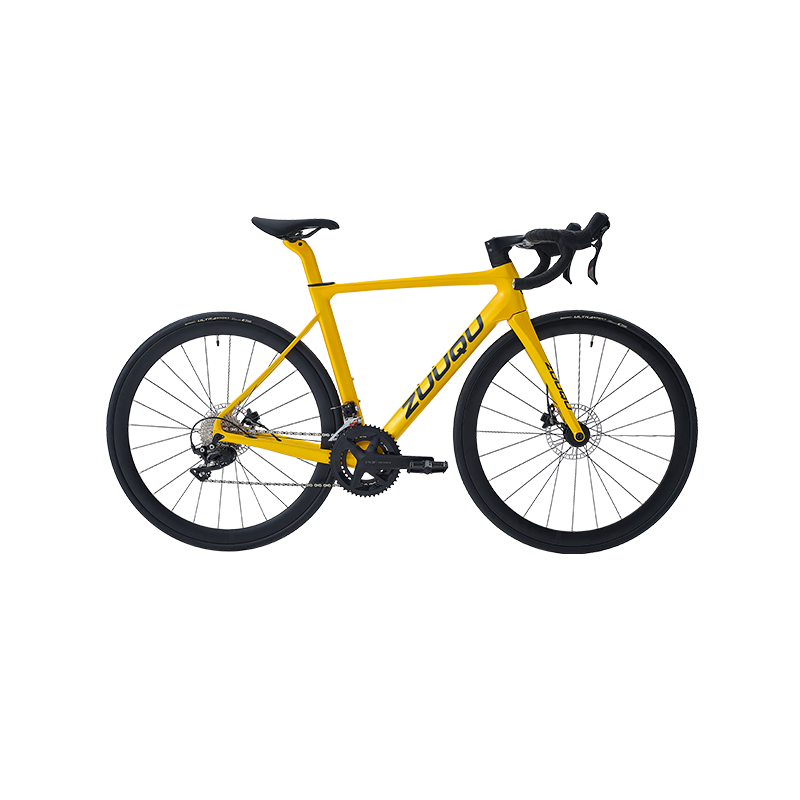

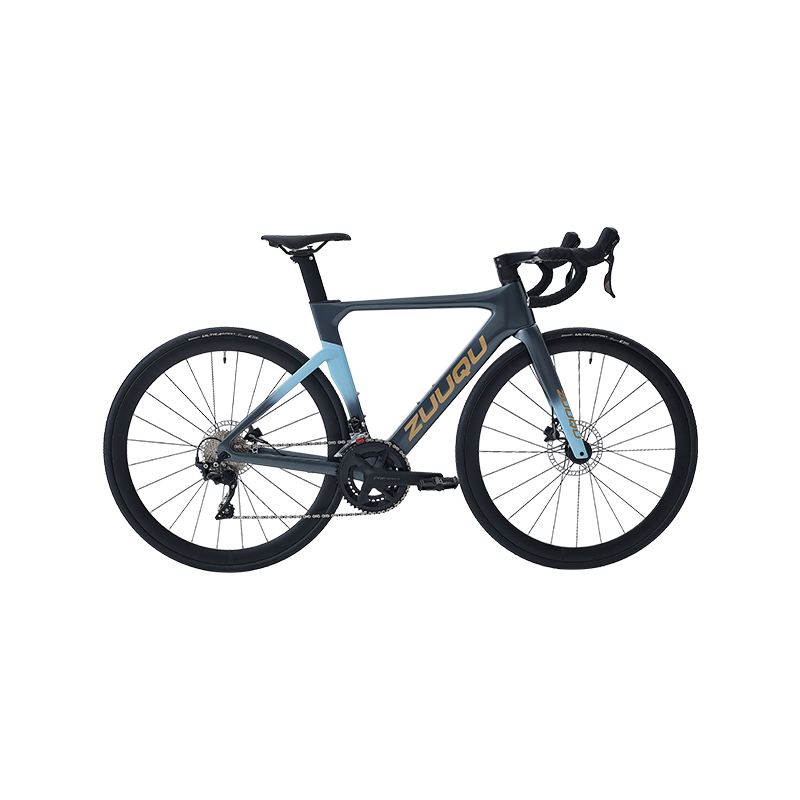
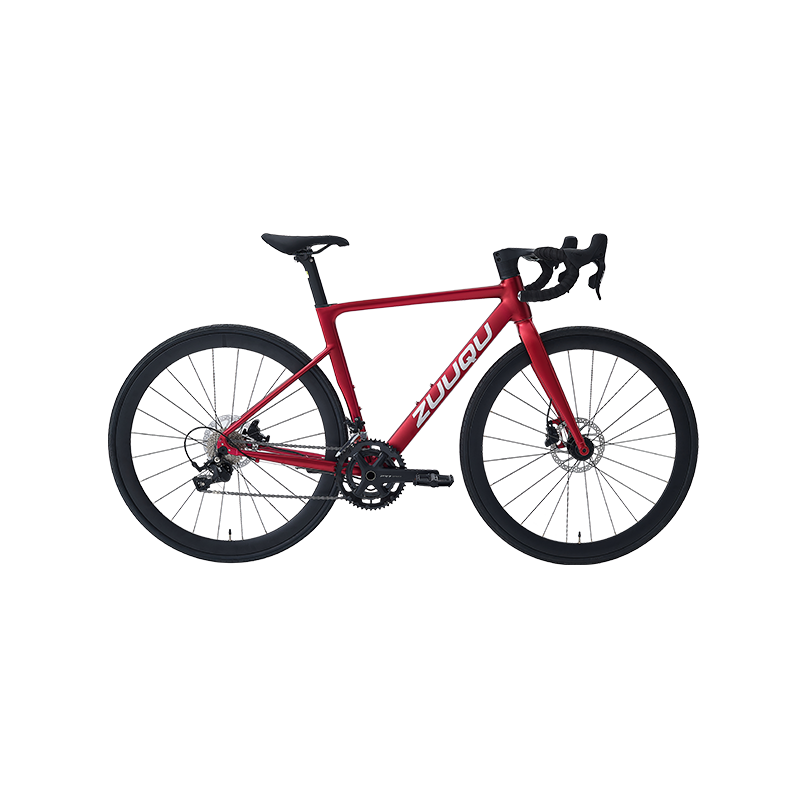
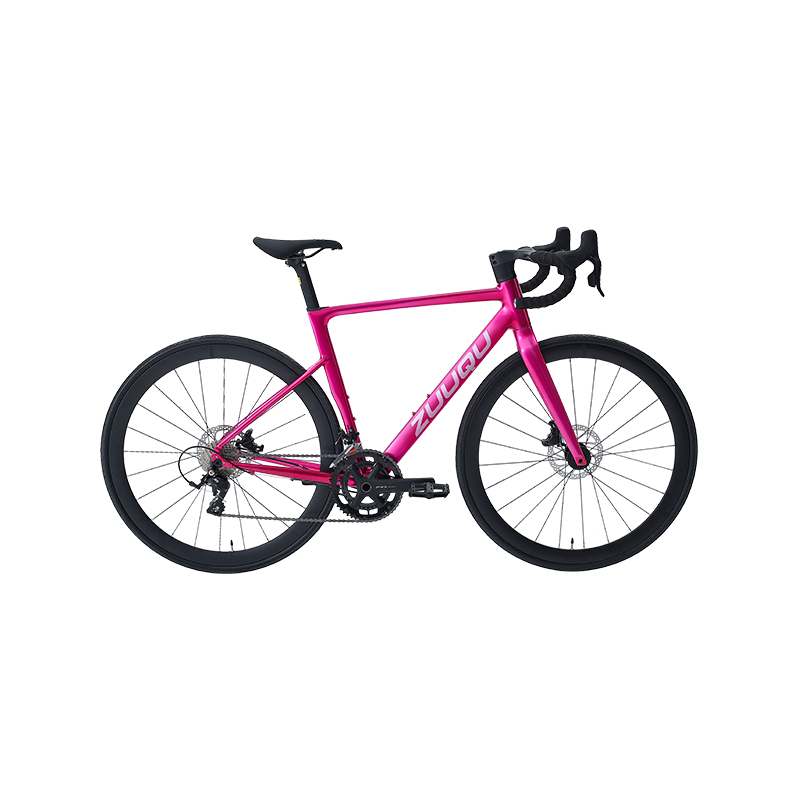
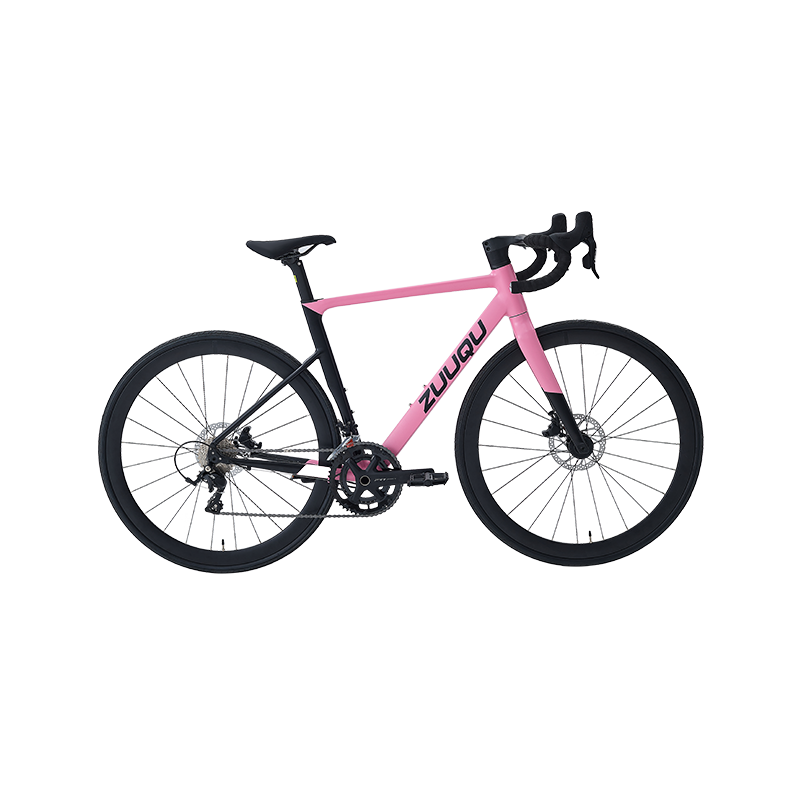
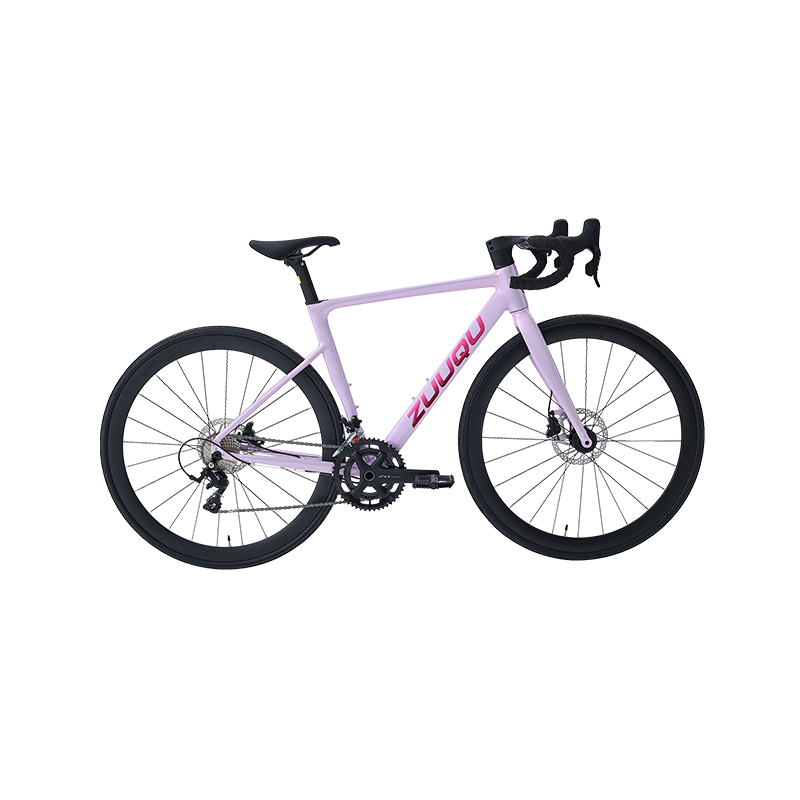
 Linhang industry park, Zhuji,
Linhang industry park, Zhuji,  +86-18858280688
+86-18858280688
